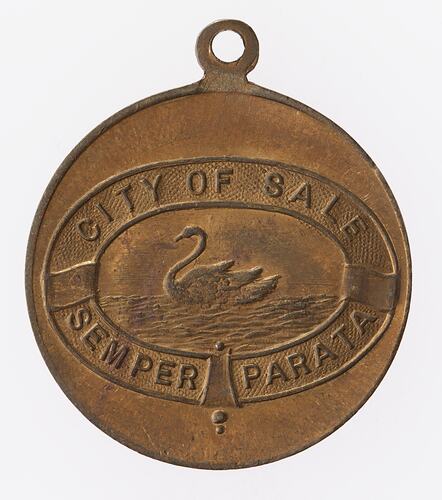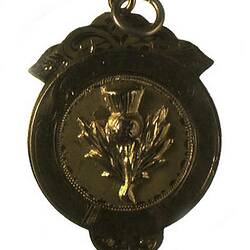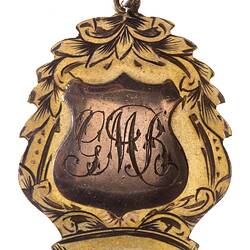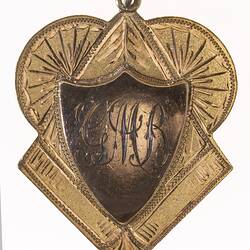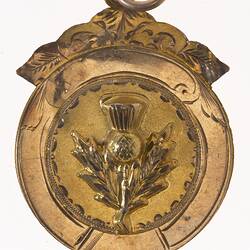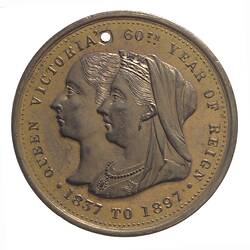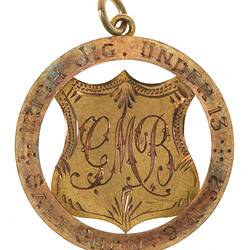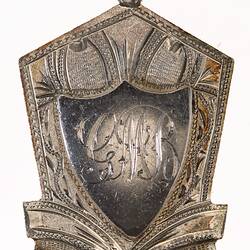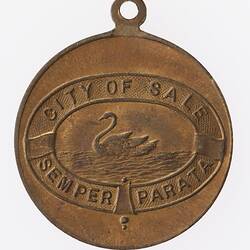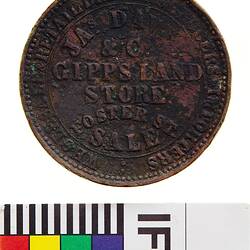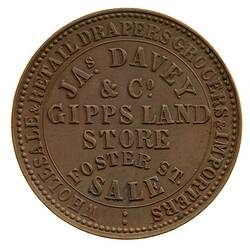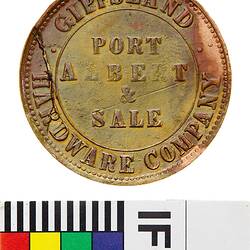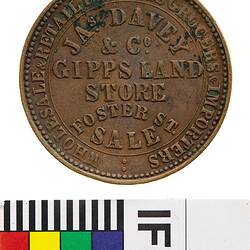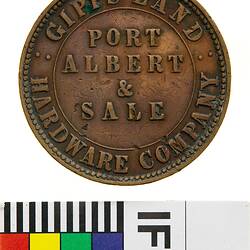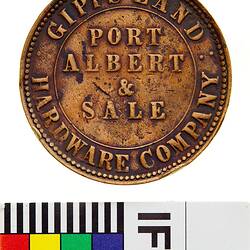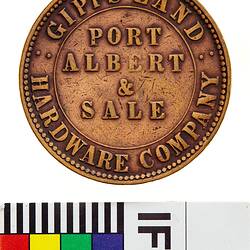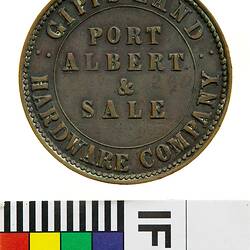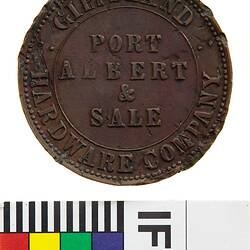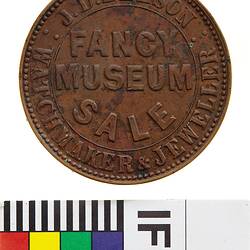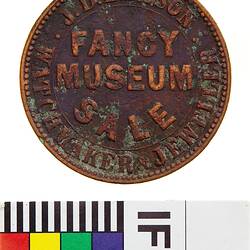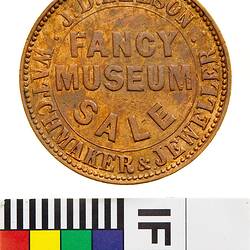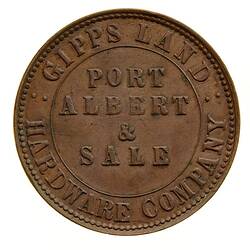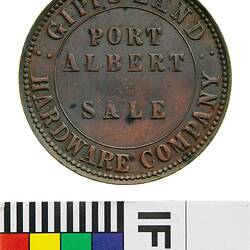Sale is located in Gippsland, 212 kilometres east of Melbourne. It is situated at the head of the Thomson River, above the junction with the Latrobe River, and at the head of the Gippsland Lakes system. It was named in 1853 after General Sir Robert Henry Sale of Jellalabad, who won fame in the first Afghan war and died in battle at Moodkee, India, in 1845. The first white settler was Archibald McIntosh who arrived in 1844 and established his 'Flooding Creek' property on the flood plain country not far from the confluence of the Thomson and Latrobe Rivers, which was duly inundated soon after his arrival. Located on route to Port Albert, the settlement of Flooding Creek grew. In the 1840s Port Albert was the hub of the squatting enterprise in Gippsland. Drovers and carriers heading south to Port Albert crossed Flooding Creek and were faced with a dangerous journey in the area of the Thomson and Latrobe Rivers. A punt was eventually established across the Latrobe River, operating until a toll bridge was erected.
The first land sales held in 1850, when the settlement was re-named Sale. Sale's prosperity grew on the Omeo gold rush and its strategic location on the route between Port Albert and the gold diggings. It was also an important service centre for East Gippsland and the Monaro Plains of New South Wales. Sale was proclaimed a Borough in 1863 and a council was elected. Bourough Offices were hastily constructed, built by J.H. Pettit. The population was now 1800.
The following year a brick and slate roofed courthouse was opened. Shops, offices, hotels and livery stables began to extend into Raymond Street, and an Anglican Church was erected. By 1865 Cobb and Co had established an overland service from Melbourne to Sale, linking the new borough with the metropolitan centre via an uncomfortable 24 hour trip.
The Gippsland Times was established in 1861 in Raymond Street. The Star Hotel was also built in Raymond Street in 1865, the same year the Criterion Hotel, an important Sale landmark fronting on to York and Macalister Streets, was built.
As shipping on the Gippsland Lakes increased, more boats carrying passengers and supplies began using the Latrobe River as an entry to Sale. The Latrobe Wharf, a site close to the low level bridge built in the 1850s, developed in the 1870s. In 1884 a two-storied Post Office was built, with a clock tower added in 1886.
Another substantial building of regional importance was the Sale Goal, completed in 1887. Operating until 1997, it was replaced by the private prison nearby at Fulham.
Moves to link the shipping trade with the town and the railhead led to two extensive projects in the 1880s: the construction of the Sale Canal and a swing bridge over the Latrobe River. The swing bridge was completed in 1883 and the Canal, which involved dredging a canal 1.25 miles and the establishment of a swinging basin and a high wharf, in 1890. Sale became a busy steamer port, although initially the new facilities did not lead to a significant increase in the volume of shipping and Sale was overtaken by depression. In 1897 the Borough of Sale issued a medal to commemorate the Diamond Jubilee of Queen Victoria (NU 20454).
The Town of Sale was established in 1924, and the City of Sale in 1950.
After oil was discovered offshore in 1965 the town experienced a boom period when it became the service and residential base of the Esso-BHP oil and gas exploration and development program.
References:
Victoria information website http://www.visitvictoria.com/displayObject.cfm/ObjectID.0000EA87-4503-1A66-88CD80C476A90318/vvt.vhtml
Blake, L., (1977). Place Names of Victoria.
Sale website http://www.sale-city.net/history/
Fairfax Walkabout Travel Guide website http://www.walkabout.com.au/locations/VICSale.shtml
More Information
-
Keywords
-
Localities
-
Authors
-
Article types
